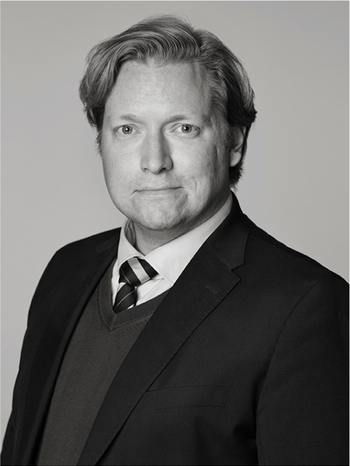An antique Lahore carpet, northern India (todays Pakistan), approx. 463 x 404 cm
Around 1910-1920. A red ground with a large polychrome 'Shah Abbas' pattern depicting blooming trees, palmettes, cloud bands and birds. A wide green main border with a flower and palmette vine.
Alkuperä - Provenienssi
Sotheby's London, 'Fine Oriental and European Rugs and Carpets' 29 April 1998, lot 143
Muut tiedot
The carpets from British Raj are known for their beautiful patterns, fine quality and eye-catching colours. After the British Queen Victoria's consort, the Prince Albert, held the 1851 London exhibition (The great exhibition), where several carpets from the new British Empire were represented, demand increased rapidly. In 1862, a prison manufactory was established in Lahore, and next to the one in Agra, was to become the most famous. Weaving studios were established in the Indian prisons where the prisoners were forced to weave carpets as part of their punishment. The prisoners were always instructed by a master weaver. The inspiration was taken from older antique carpets, partly from India but also from abroad such as Iran. The depicted carpet with its ‘Shah Abbas’ pattern is a true testimony to that fact.



























































